
Countries That Start With The Letter O
Oman is the only country that starts with the letter "O." Among the now-defunct nations beginning with "O" were the Orange Free State, a Boer republic in southern Africa, and Oldenburg, a German grand duchy; both ultimately ceased to exist as independent states.
Oman, officially the Sultanate of Oman, is a country on the southeastern coast of the Arabian Peninsula in West Asia. It has a population of 5 million and a total area of 309,500 km2.
Etymology
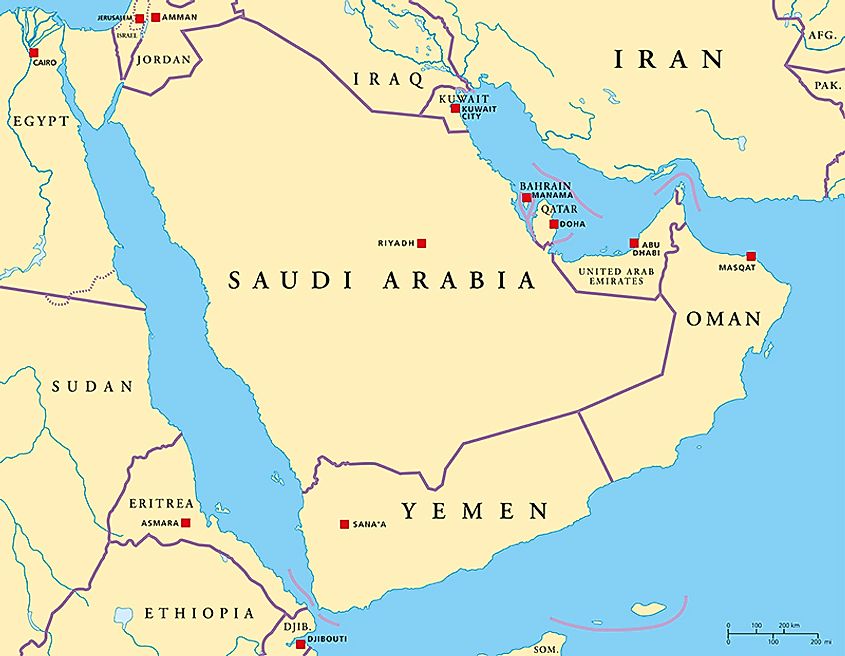
Throughout history, Oman has been known by various names such as Majan, Mazoon, and Uman, each reflecting a distinct era or civilization within the region. Majan, recognized in Sumerian records, was known for its shipbuilding and copper smelting industries and had significant trading and maritime connections with the ancient Sumerians, who called it the Land of Majan. Mazoon, which translates to a place rich in water resources, is derived from the Arabic word 'Muzun,' meaning clouds or flowing water. This name was apt due to Oman's relative water abundance, fostering a prosperous agricultural sector and stable civilization.
The name Uman, or Oman, may have originated from Arab tribes relocating from a similarly named location in Yemen, or possibly in reference to Uman, a descendant of Saba and possibly Abraham. Historically, Oman housed many Arabian tribes, with some settling in the fertile plains for agriculture and hunting, while others lived in the desert interiors focusing on livestock herding.
History
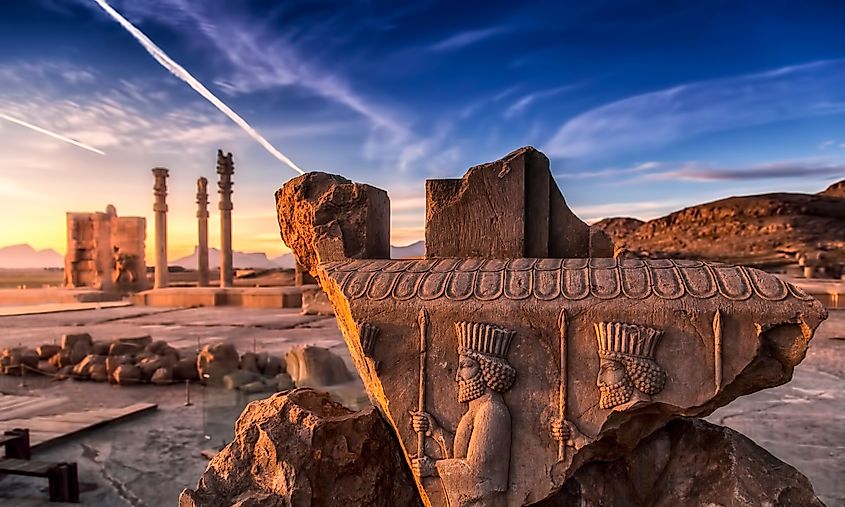
In Dhofar, Oman, a 2011 discovery at Aybut Al Auwal revealed over 100 stone tool scatters from the late Nubian Complex, previously known only in northeast Africa, dating back 106,000 years. This finding supports theories of early human migrations from Africa to Arabia during the Late Pleistocene. Additional surveys identified Paleolithic and Neolithic sites along Oman's eastern coast, with significant archaeological sites from the Bronze Age, such as Saiwan-Ghunaim.
These sites showcase relics from various historical periods, including Umm an-Nar and Wadi Suq, and evidence of an ancient, sophisticated civilization involved in trade, notably in frankincense around 1500 BCE.
The region's history includes rule by various dynasties and tribes, with significant influences from the Azd tribe from Yemen and later, the Persian and Portuguese control over strategic locations. Oman's rich history also features its phase under the Yaruba and Nabhani dynasties, which saw the rise and fall of maritime empires and significant architectural developments like Bahla Fort.
The Portuguese occupied Muscat for 143 years, influencing local architecture and fortifications. Historical transitions continued with the British influence in the 19th century, leading to the strategic treaties that shaped Oman's modern boundaries and political landscape, culminating in the reign of Sultan Qaboos who ushered in significant reforms in the late 20th century, modernizing the state and improving living standards.
Culture
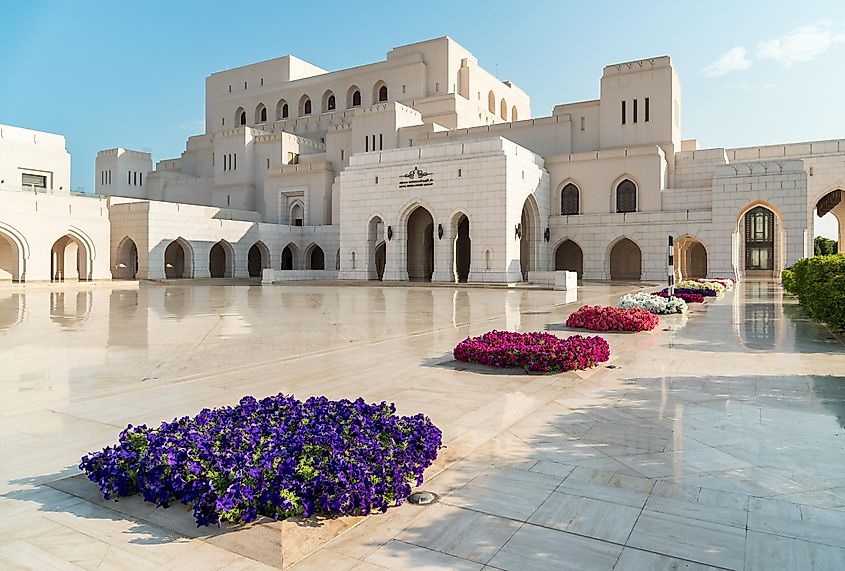
The capital of Oman is Muscat. The official language of Oman is Arabic, and the Omani Rial is the national currency. Islam is the majority religion, with over 85% of Omanis belonging to some sect of Islam. The other religious minorities are largely made up of Christians and Hindus.
Per most Islamic societies, Omani culture tends to be quite conservative by Western standards. Women are encouraged to cover their faces and hair whereas men wear the traditional dishdashah, a long cotton robe. Men often carry a dagger called a khanjar that is usually stored on a belt or tucked into the waist.
The tribal system is still a prominent force within Omani culture. Kinship and brotherhood amongst fellow tribesmen are heavily valued and cherished. Adherence to the tribal lifestyle is more common in the rural regions of Oman, but you can still see its effects in large cities.
Economy
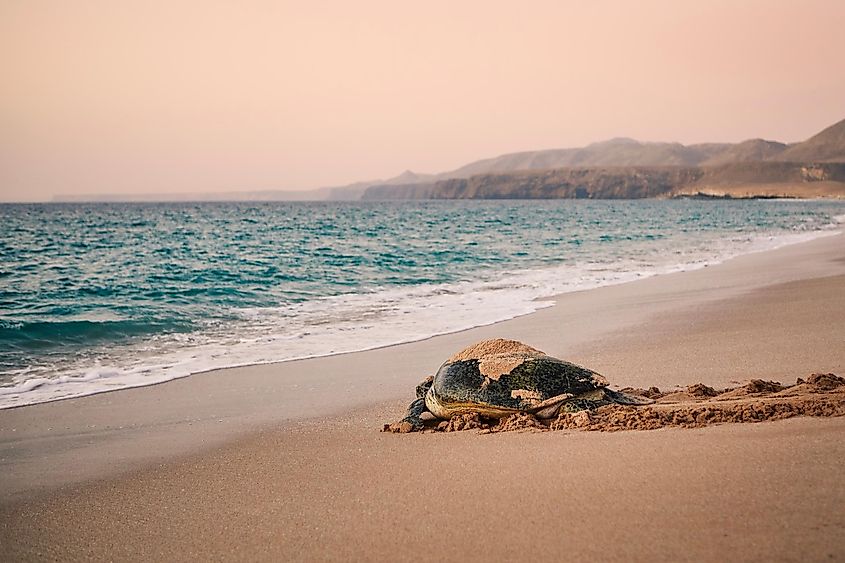
Tourism in Oman is an important industry and is expected to grow in the coming years. The country has several cultural and iconic tourist attraction sites. The main tourist activities include diving and water sports along Al-Sawadi beach, and watching marine wildlife along the coasts like turtles, dolphins, and birds. Tourists often come to see the sea turtles return every year from the Indian Ocean to lay eggs.
Oil is another staple of the Omani economy. While its reserves are far from being on the levels of some of its neighbors, it still produces an impressive amount each year. Oil exports, along with other natural resources, have done wonders about the development of Oman in recent decades.
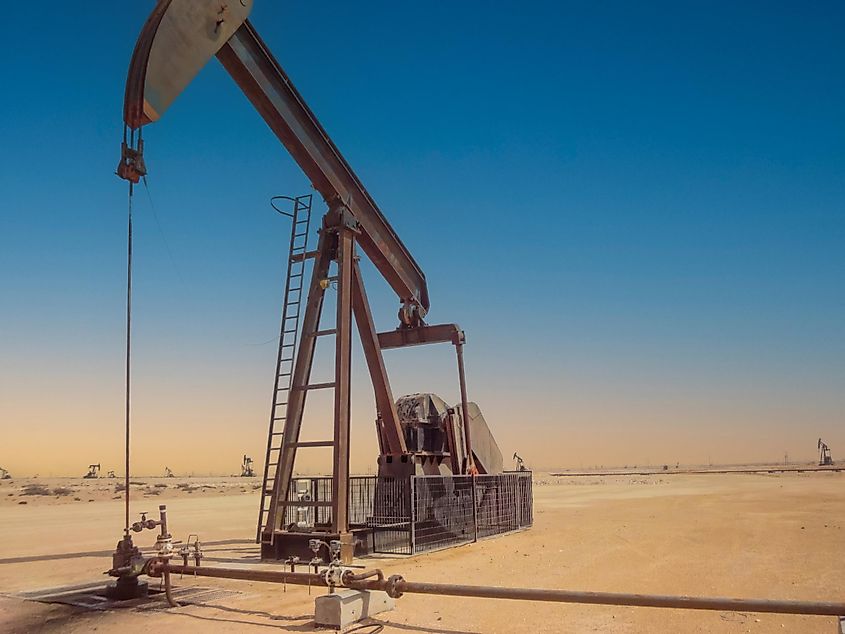
The majority of the Omani economy is still reliant on agricultural output. Tropical fruits such as dates, bananas, lime, and mangos are just some of the kinds of fruit that are exported from Oman each year. Even though Oman has very little in the way of rainfall, the Omani government has managed to improve irrigation to such a level that what crops grow can produce quality products.
Final Thoughts
Oman is the only country on Earth that begins with the letter O. Oman is a country that is often overlooked by other countries in the region, but it is one of the best-kept secrets of the Middle East. Rich in culture and history, it is no wonder why Oman has transformed into a tourist hotspot overnight.









